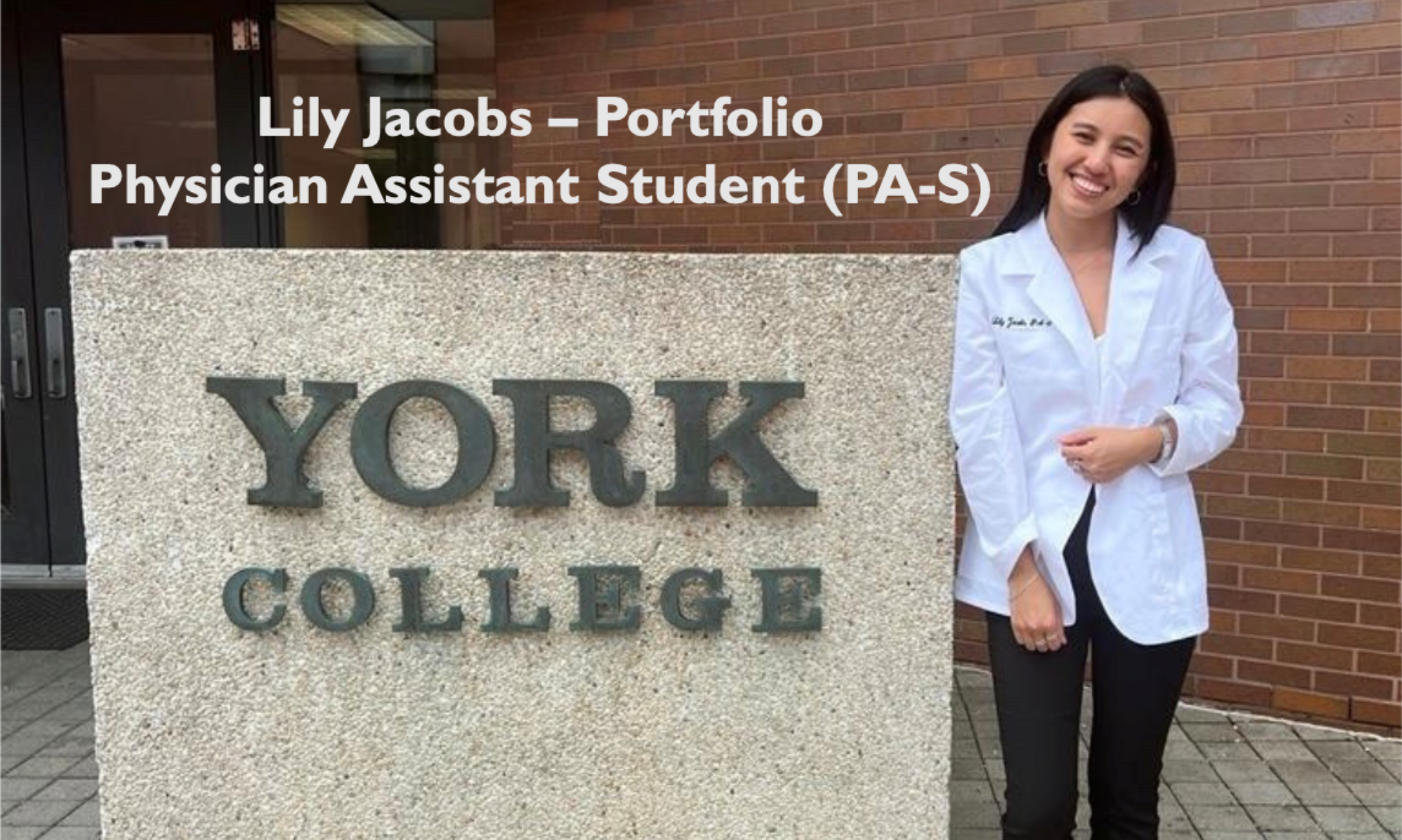“Acetaminophen and Febrile Seizure Recurrences During the Same Fever Episode”
Published in The American Academy of Pediatrics publications Volume 142, Issue 5 (November 2018) by Murata, M et al
Febrile seizures are convulsions that occur during infancy or childhood that are characterized by a high fever above 100.4 F, sudden loss of consciousness, followed by uncontrollable jerky movements, and then a return to consciousness. There are two types of febrile seizures, simple and complex. Simple febrile seizures are the most common and they usually occur over a few minutes, with a rapid return to baseline. Complex seizures last longer than 15 minutes, happen more than once in 24 hours, and occur only at one side of the body. Febrile seizures affect about 2% of children in the United States, most of which resolve on their own. However, if another one happens, it is more likely to be prolonged (longer than 15 minutes).
In this randomized control study, researchers sought out to determine if administering acetaminophen reduces the chance of seizure recurrence during the same fever episode and to confirm the safety of acetaminophen use in this context. Data was also collected for baseline characteristics (age, sex, history of febrile seizures, family history of febrile seizures, time between fever and seizure, body temperature taken in the ED, and labwork) and adherence was checked through telephone interviews and parent-recorded data.
From May 1, 2015, to April 20, 2017, the study analyzed recurrence of febrile seizures in children between the ages 6 and 60 months presenting to the pediatric emergency department at Hirakata City Hospital in the setting of a fever ≥ 100.4 F. The study excluded children who already experienced 2+ convulsions during the fever course, seizures lasting >15 minutes, received diazepam suppository or antihistamines to prevent febrile seizure, and children with underlying chronic medical conditions, chromosomal abnormalities, and history of brain tumor or intracranial hemorrhage. A total of 438 children met the inclusion criteria and were randomly allocated to either receive the acetaminophen suppository (229 children) or no antipyretic (209 children). Within the treatment group, patients were immediately administered acetaminophen 10mg/kg suppository by the pediatrician in the ED and then parents were instructed on how to administer the suppository every 6 hours for 24 hours, starting soon after the first seizure. Parents were to record the number of acetaminophen dosages given. Parents of the children in the control group were instructed to not give any antipyretics to their child for 24 hours post-onset of the febrile seizure, but to bring the patient back to the hospital if another seizure recurred.
Overall, results showed that the rate of recurrence during the same fever episode was 16.0%, with all recurrences occurring within 24 hours of the febrile seizure. The rate of the recurrence was significantly lower in the rectal acetaminophen group compared to the control group across all age groups, with the recurrence rate being 9.1% compared to 23.5%. Greater decreases in the rate of seizure recurrence were observed among children at older ages who were receiving acetaminophen. Between the ages 6-21 months, the recurrence rate among children who received acetaminophen was 13.2% compared to the rate of 24.3% in the control group. In children 22 months to 60 months, recurrence rate among acetaminophen group was 4.1% compared to 22.6% in the control group. No drug-related adverse events were observed, such as hypotension, hypothermia, or anaphylaxis. The researchers used Multiple Logistic Regression analysis to identify if there were other variables that could be associated with febrile seizure recurrence and rectal acetaminophen was found to be the largest contributor to the prevention of febrile seizure recurrence. The analysis also revealed that younger ages and shorter seizure durations were associated with higher recurrence rate of febrile seizure during the same fever episode. Given that acetaminophen is primary used to reduce fever, it was interestingly to see that no significant difference was observed 2 hours after the first acetaminophen administration between the children in the treatment and control group. The researchers hypothesized that acetaminophen may help reduce febrile seizure recurrence through other ways other than antipyretic effects. Further research exploring the biomarkers may help clarify the relationship between acetaminophen and seizure frequency reduction, as well as studies that compare acetaminophen to other antipyretics.
This study demonstrates that scheduled rectal acetaminophen given in the presence of continued fever can significantly reduce the risk for recurrent febrile seizures within 24 hours of the initial seizure. Therefore, rectal acetaminophen should be considered in otherwise healthy children aged 6 months to 5 years with simple febrile seizures and continued fever. Additionally, the researchers state that one of the most important parts of clinical practice is providing the parents with the adequate information about febrile seizures with the goal to relive some of their anxiety. Clear instructions should be given to the parents to make sure that the appropriate use of acetaminophen is given to the child. Constant use of acetaminophen in children is not advised because the outcomes of simple febrile seizures is generally favorable.
*This study was performed in Japan. It was approved by the ethics committee at Hirakat City Hospital and accepted for publication in The American Academy of Pediatrics publications in November 2018. The researchers used JMP version 13 software by SAS institute, an American developer of analytics software based in North Carolina, for statistical analysis.
Source: Murata, Shinya et al. “Acetaminophen and Febrile Seizure Recurrences During the Same Fever Episode.” Pediatrics vol. 142,5 (2018): e20181009. doi:10.1542/peds.2018-1009
 Loading…
Loading…



Pediatrics